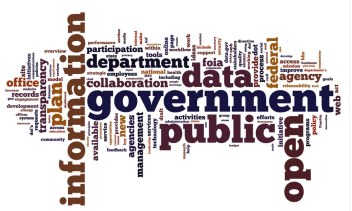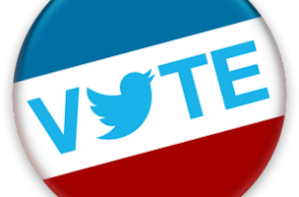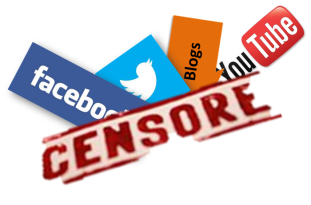In general, governments around the world tend to lag behind the private sector in adopting new technologies. This includes the use of Social Media.
Some of the reasons why this happens are:
- Security and privacy issues around access to personal information – the private sector also needs to take this into account but governments are more likely to have sensitive information that requires very robust security systems.
- The many regulations and ‘red tape’ required for government departments to make changes.
- Some countries have a culture of corruption in government and don’t want information to be released or citizens to be able to freely make comments.
However this lagging behind has allowed governments to use the private sector as a model for implementation of social media strategies (Bretschneider & Parker, 2016). In other words, let the private sector make the mistakes first!
Research by Bretschneider & Parker (2016) also shows that once adopted, there is no difference between government departments and the private sector in the way Social Media is used for internal operations. However; as would be expected, the private sector primarily uses Social Media for marketing and image development and not for education that has no economic benefits.
Even given this difference in use, the structures of Social Media are similar and so best practices and methods of usage can be shared between the sectors.
Many governments around the world have started working towards increased openness and transparency and this is regarded as essential for the prevention of corruption and informed decision making (Bertot, Jaeger, & Grimes, 2010).
Social Media can be used as a tool to help implement these changes and are useful as anti-corruption measures. They can be used as a platform to speak and broadcast information. There are however some barriers that can make this difficult to implement, such as acceptance by citizens and easy access to technology.

Traditionally, communication to the public was government controlled with television and radio stations being owned by the state. This led to bias in news broadcasts as well as misrepresentation of other political parties.
The advent of Social Media, as well as demands from the public for transparency, has allowed other political parties to get their messages out to the public.
A New Zealand Parliamentary Library Research Paper published in 2011 (full paper here), found that the majority of MP’s has at least one Social Media account that they used regularly.

The paper also concluded that the 2008 New Zealand Parliamentary elections were affected by Social Media but opinion is divided about it’s effectiveness. The Labour party created a campaign website with a daily blog by Helen Clark and the National Party’s Asian candidates used Social Media to reach out to their constituents.
There is a growing use of Social Media in the public sector as a channel for disseminating information in emergency situations and for disaster management. It’s also a very useful tool for police departments who can broadcast photos of wanted criminals or missing persons and reach a wide audience almost immediately.
In New Zealand, the police and other services such as Civil Defence have a presence om most Social Media platforms and use them for giving and receiving information. Waikato District Police and Waikato Civil Defence, for example, often post messages on Facebook and Twitter with humorous but serious messages and engage in conversations with the public.
The downside of Social Media in the form of negative and abusive comments is something that both the public and private sectors have to contend with. There need to be guidelines set up to deal with these, both for employees and visitors to the websites.
References:
Bertot, J. C., Jaeger, P. T., & Grimes, J. M. (2010). Using ICTs to create a culture of transparency: E-government and social media as openness and anti-corruption tools for societies. Government Information Quarterly, 27(3), 264-271. doi:http://dx.doi.org/10.1016/j.giq.2010.03.001
Bretschneider, S., & Parker, M. (2016). Organization formalization, sector and social media: Does increased standardization of policy broaden and deepen social media use in organizations? Government Information Quarterly, 33(4), 614-628. doi:http://dx.doi.org/10.1016/j.giq.2016.09.005

